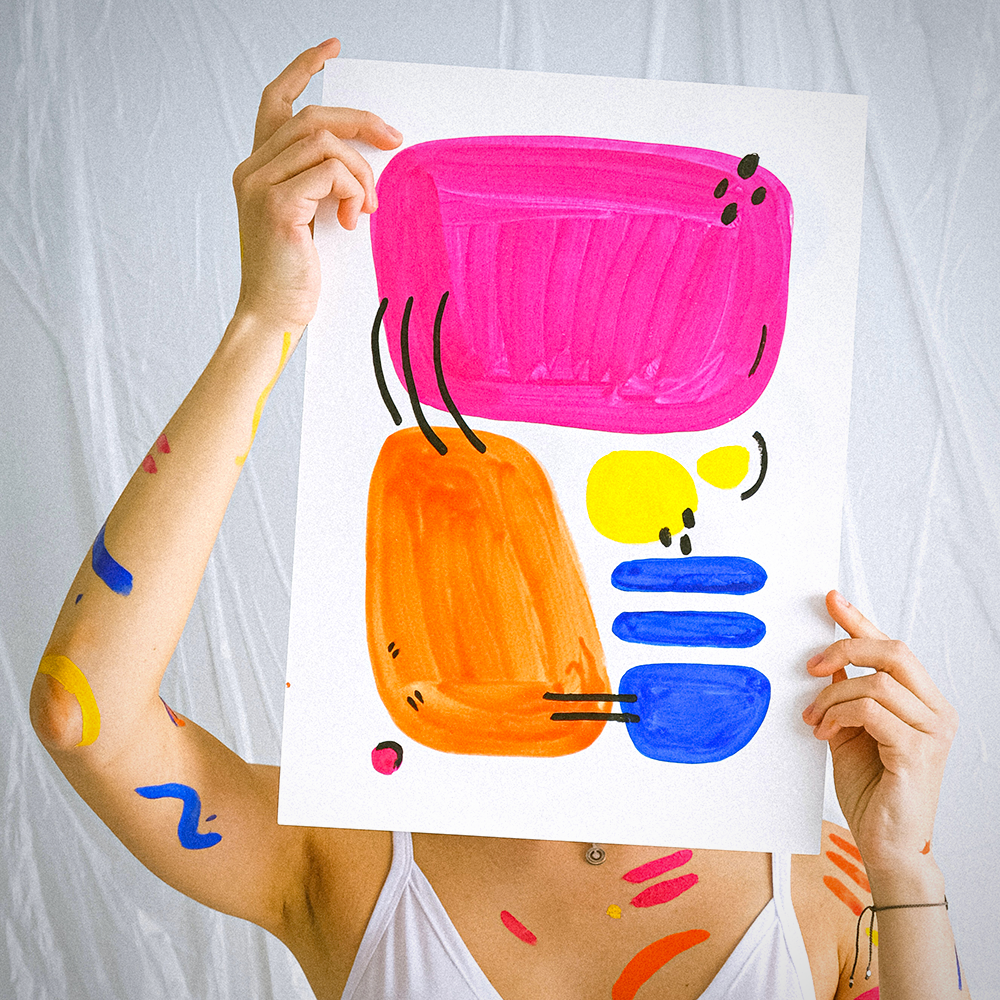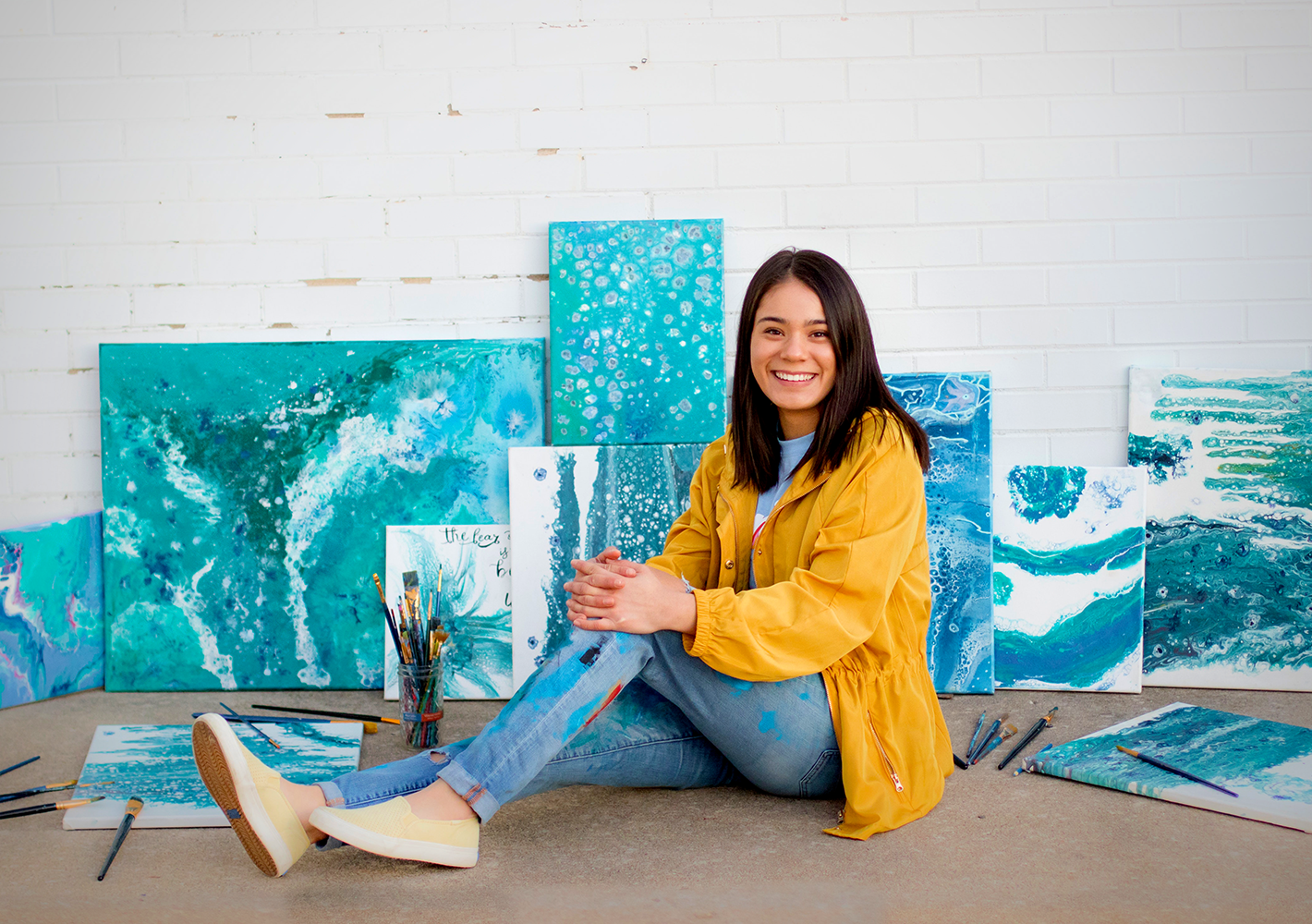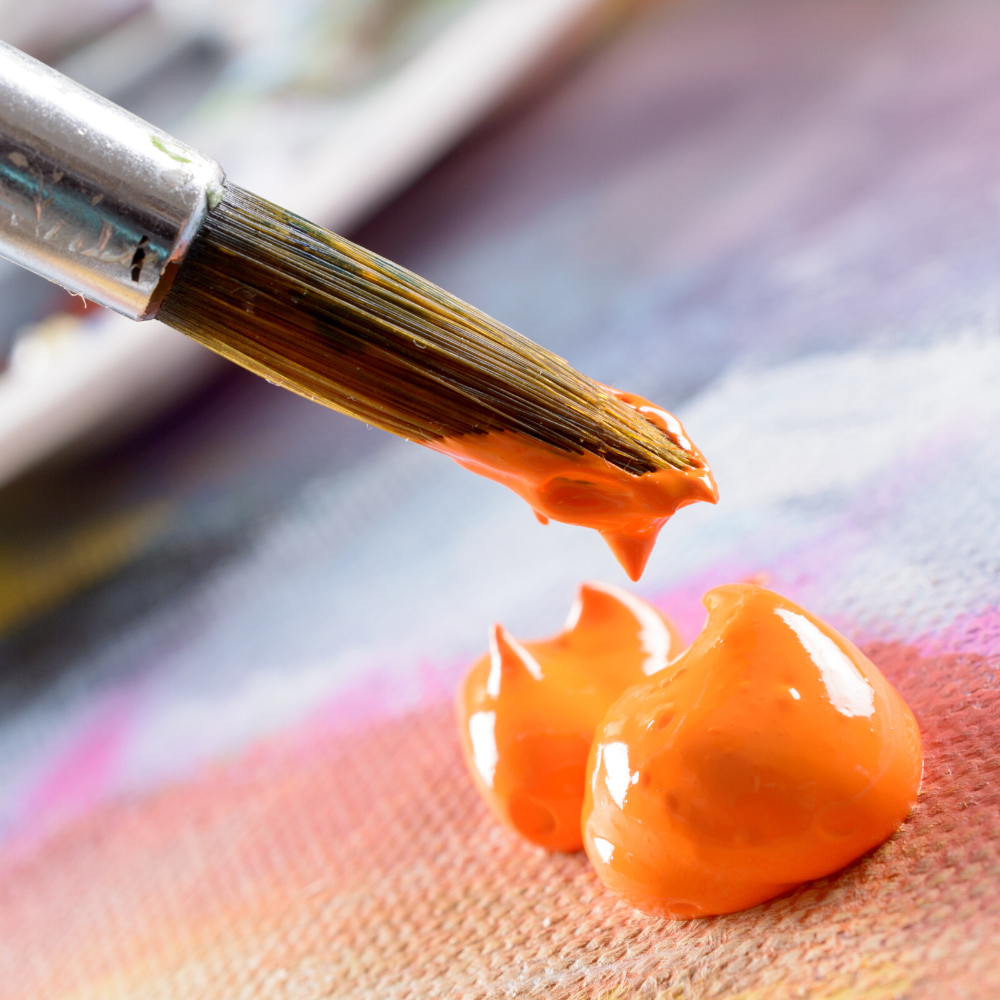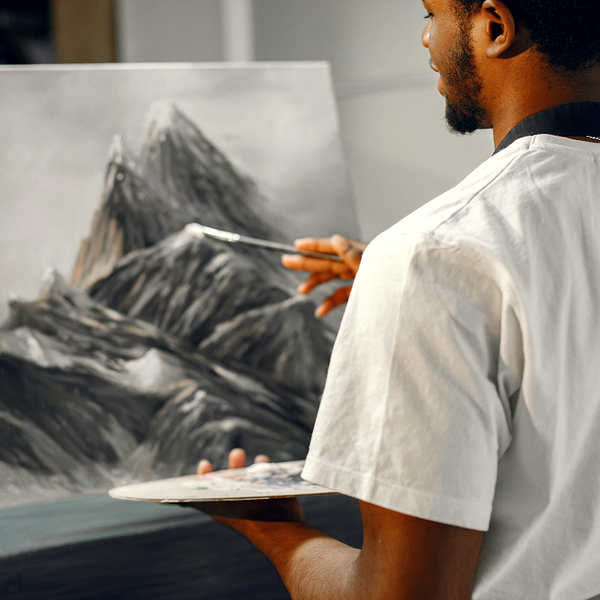Painting is a timeless art form that has continuously evolved, with countless artists pioneering unique styles and techniques.
Amidst this rich tapestry of creativity, one method shines brightly as the most beloved and widely used: acrylic painting.
Join us as we explore the fascinating world of painting techniques, their diverse applications, and the profound impact they have had on the art world.
Key Takeaways:
- Acrylic painting is the most common painting technique due to its versatility and ease of use.
- Different painting techniques, such as dry brushing and palette knife, offer unique textures and effects.
- Understanding various painting styles and mediums can significantly enhance an artist’s painting skills and creativity.
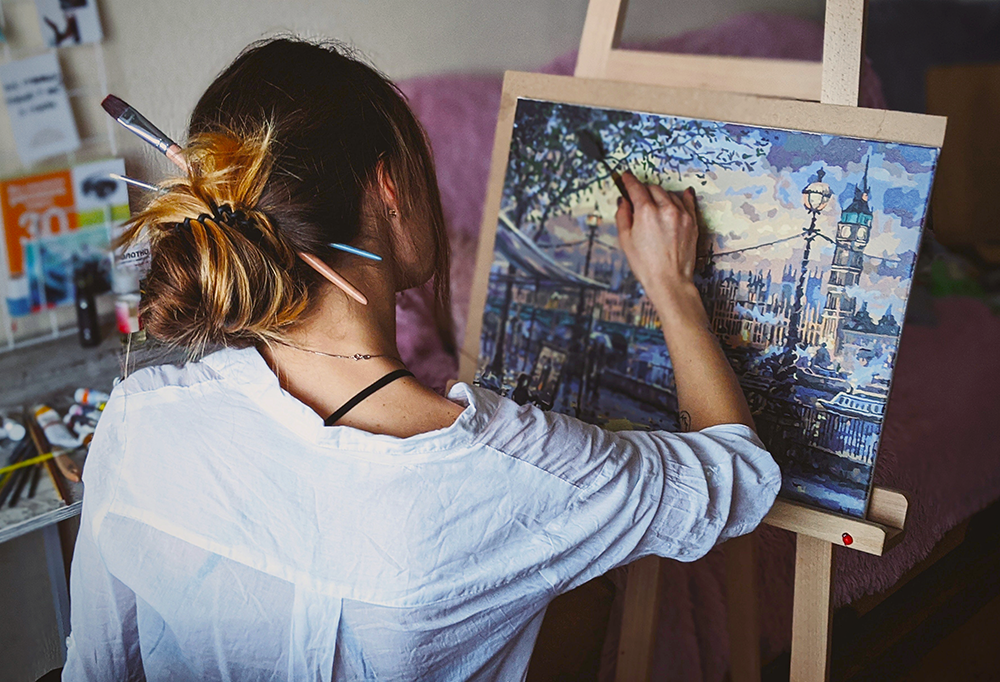
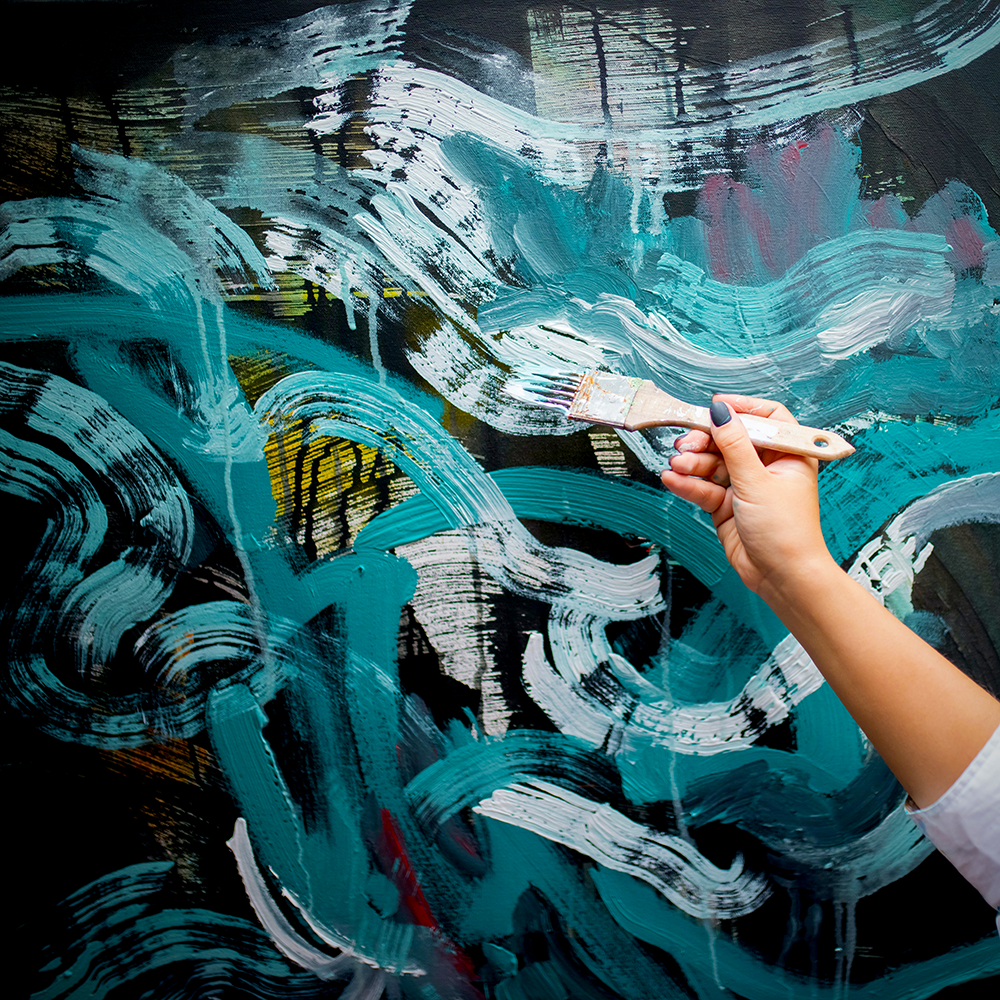
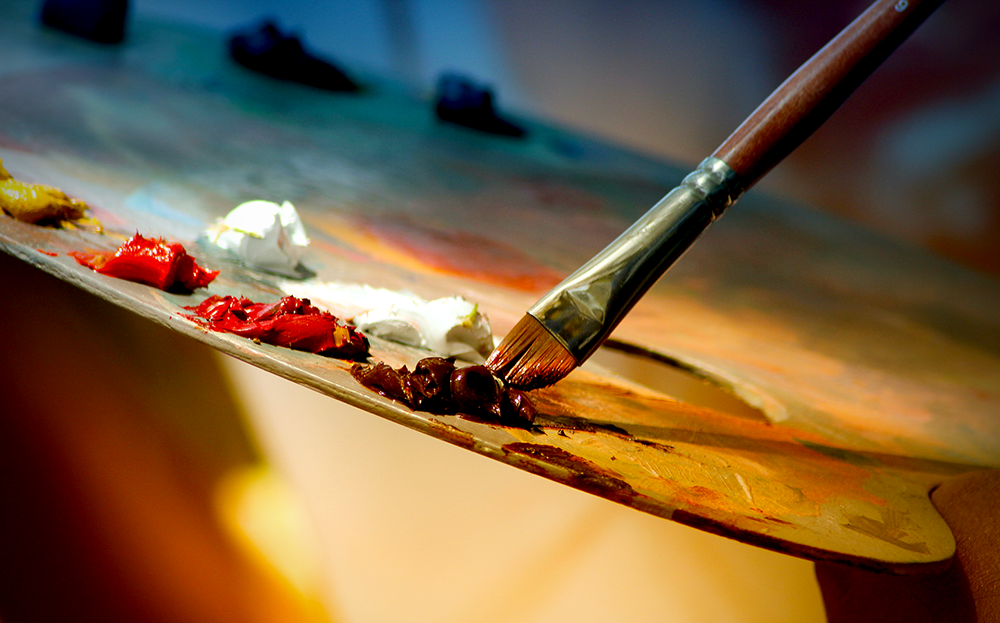
Acrylic Painting: The Most Common Technique
Acrylic painting is favored by many artists due to its versatility and quick drying time.
Acrylic paint can be used on various surfaces, including canvas, paper, and wood, making it ideal for different painting styles.
The ability to blend and layer colors easily allows artists to create texture and depth in their artwork.
Landscape Painting with Acrylics
Landscape painting is a popular genre where acrylic paints shine.
Artists can capture the beauty of nature, from serene lakes to majestic mountains, using vibrant colors and bold strokes.
The quick drying time of acrylics enables painters to work efficiently, layering colors to achieve a sense of depth and movement.
Abstract Painting and Acrylics
Abstract painting allows artists to express their ideas, emotions, and artist's ideas through shapes, colors, and textures.
Acrylic paints are perfect for this style due to their flexibility and range of colors.
Artists can experiment with different mediums and techniques, such as pouring, splattering, and layering, to create unique and dynamic pieces.
The Influence of Geometric Shapes
Geometric shapes play a significant role in modern art, with many artists using them to create structured and balanced compositions.
Acrylic paints are ideal for this style, allowing for precise lines and bold colors.
Artists like Jackson Pollock and Piet Mondrian drew inspiration from geometric forms to create iconic works.
Self Portraits with Acrylics
Self-portraits are a timeless subject in art, allowing artists to explore their identity and emotions.
Acrylic paints offer the precision and control needed to capture the nuances of facial features and expressions.
The quick drying time also enables artists to work in layers, building up the image gradually.
The Role of Light in Painting
Light plays a crucial role in painting, influencing the mood and atmosphere of the artwork.
Artists use various techniques to depict light, such as glazing and scumbling.
Acrylic paints, with their vibrant colors and ability to layer, are perfect for capturing the interplay of light and shadow.
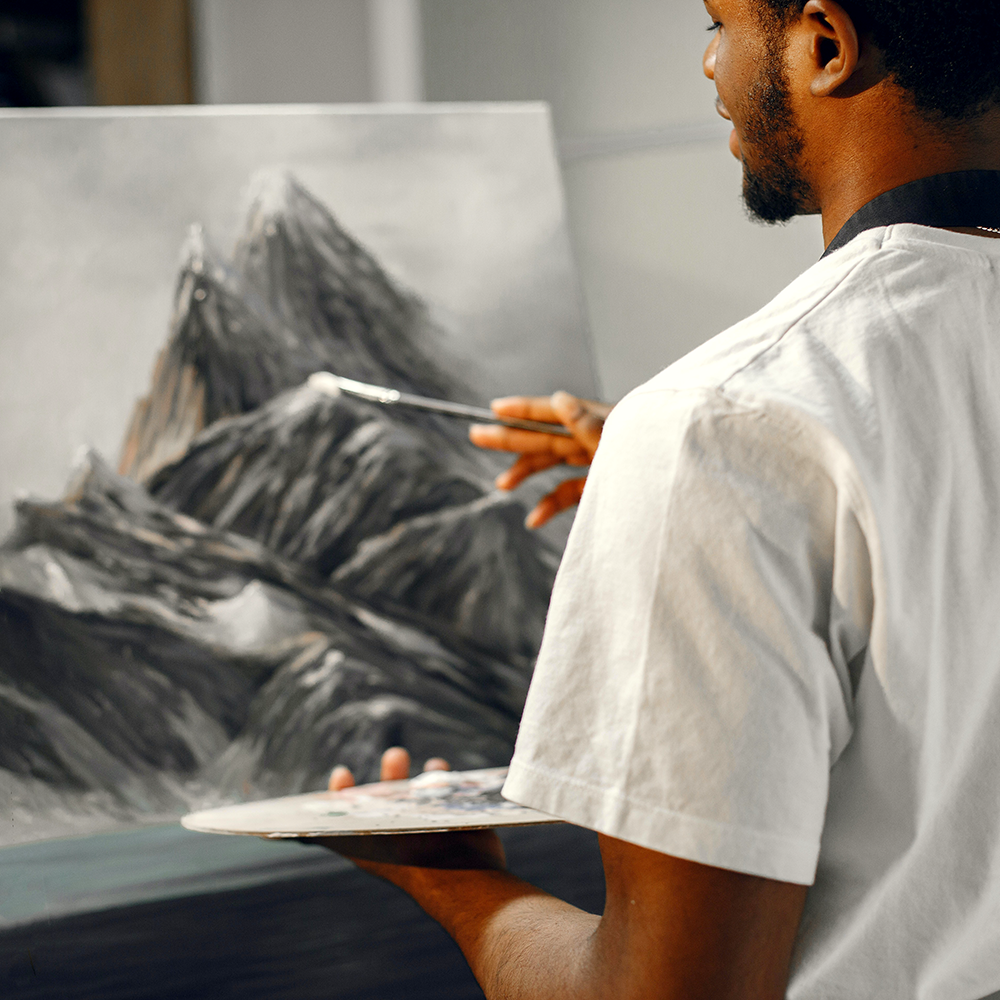

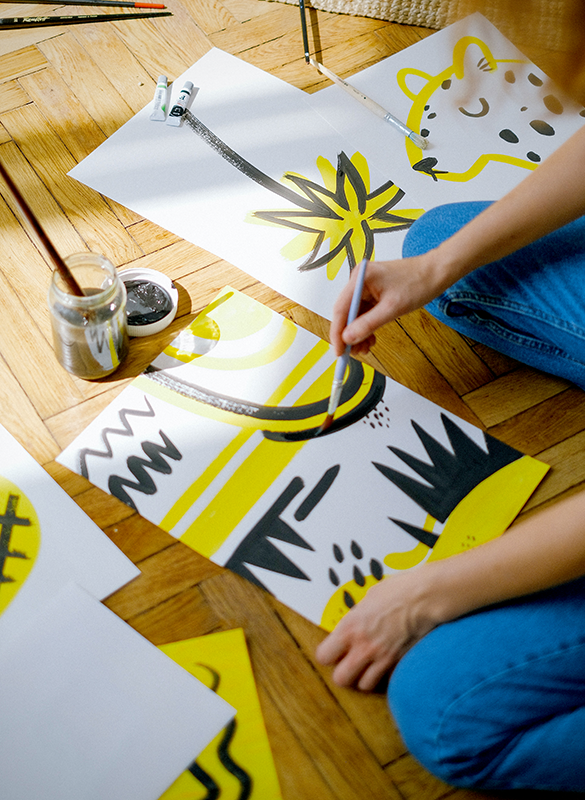
The Importance of Textures
Textures add depth and interest to a painting, making it more engaging and dynamic.
Artists use various tools and techniques, such as palette knives and dry brushing, to create textured effects.
Acrylic paints, with their thick consistency, are ideal for building up layers and creating rich, tactile surfaces.
The Role of Colors in Painting
Colors are the lifeblood of painting, conveying emotions and setting the tone of the artwork.
Artists experiment with different color palettes and combinations to achieve the desired effect.
Acrylic paints offer a wide range of colors, allowing artists to explore and create vibrant and dynamic compositions.
The Role of Movement in Painting
Movement adds a sense of dynamism and energy to a painting, making it more engaging and lively.
Artists use various techniques, such as circular motion and dynamic brushstrokes, to convey movement.
Acrylic paints, with their quick drying time and vibrant colors, are ideal for capturing the essence of movement.
The Technique of Applying Paint
Applying paint involves using various tools and techniques to achieve the desired effect.
Artists use paint brushes, palette knives, and other tools to apply paint in different ways, creating unique textures and effects.
Acrylic paints, with their quick drying time and versatility, are perfect for experimenting with different application methods.
The Palette Knife Technique
The palette knife technique involves using a flat, flexible knife to apply paint to the canvas.
This method creates textured effects and adds a three-dimensional quality to the artwork.
Many artists use this technique to create abstract paintings, where the focus is on texture and form rather than precise details.
Creating Texture with Dry Brushing
Dry brushing is a technique where a dry brush is used to apply paint to a dry surface.
This method creates a textured, rough appearance, adding depth and interest to the painting.
Dry brushing is often used in landscape painting to depict grass, trees, and other natural elements.
The Technique of Wet Paint
The wet paint technique involves applying wet paint to a wet surface, allowing for spontaneous and expressive brushstrokes.
This method is often used in landscape and portrait painting, where the artist captures the essence of the subject in a single session.
Acrylic paints, with their quick drying time, are well-suited for this technique.
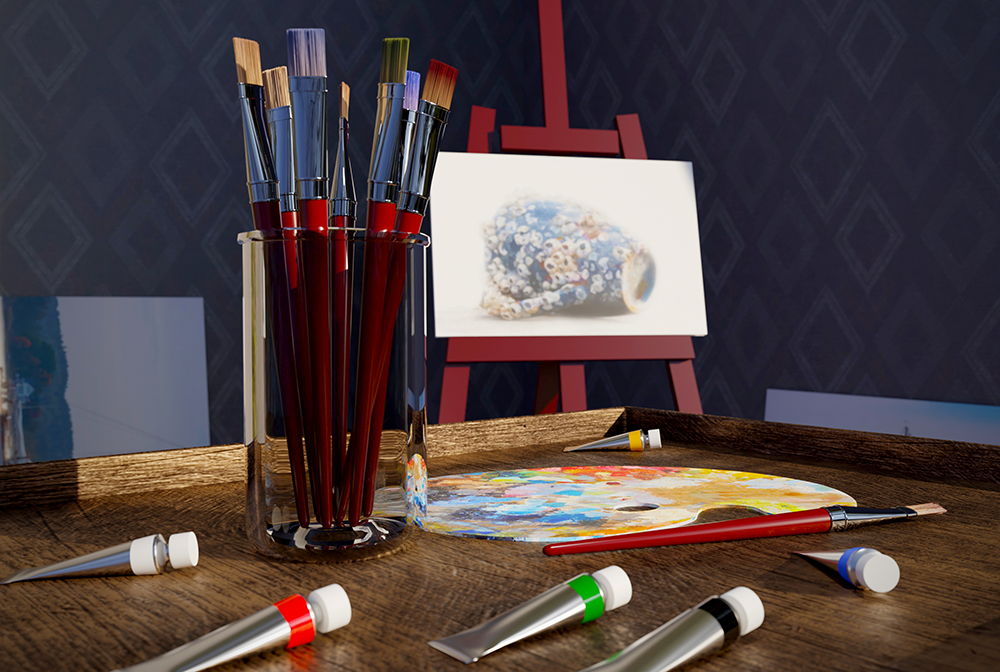


The Technique of Small Dots
The technique of small dots, also known as pointillism, involves applying small dots of paint to create a sense of movement and texture.
This method is often used in landscape and abstract painting, where the focus is on conveying emotions and ideas through dynamic forms and colors.
Acrylic paints, with their quick drying time and vibrant colors, are perfect for this technique.
The Role of Tools in Painting
Tools play a crucial role in painting, allowing artists to achieve different effects and textures.
Palette knives, paint brushes, and sponges are just a few of the tools artists use to apply paint.
Acrylic paints, with their versatility and range of applications, are ideal for experimenting with different tools and techniques.
Exploring Different Mediums
Artists often experiment with different painting mediums to achieve various effects in their paintings.
Acrylics can be mixed with other materials, such as sand, gel, and modeling paste, to create textured effects.
This versatility allows artists to push the boundaries of traditional painting techniques and explore new possibilities.
The Influence of Many Artists
Many artists have influenced painting techniques over the centuries, each contributing their unique style and approach.
From the Renaissance masters to modern abstract painters, each artist has left their mark on the art world.
Acrylic paints, with their versatility and range of applications, are ideal for exploring the techniques of different artists.
The Influence of Jackson Pollock
Jackson Pollock, a leading figure in the Abstract Expressionist movement, is known for his unique technique of dripping and splattering paint onto the canvas.
Pollock's method of applying paint in a spontaneous and dynamic manner has inspired many artists.
Acrylic paints, with their quick drying time and versatility, are ideal for replicating Pollock's style.
The Role of Different Styles in Painting
Different painting styles in painting allow artists to express their ideas and emotions in unique ways.
From realism to abstract, each style offers a different approach to capturing the essence of the subject.
Acrylic paints, with their versatility and range of colors, are ideal for exploring different styles and techniques.

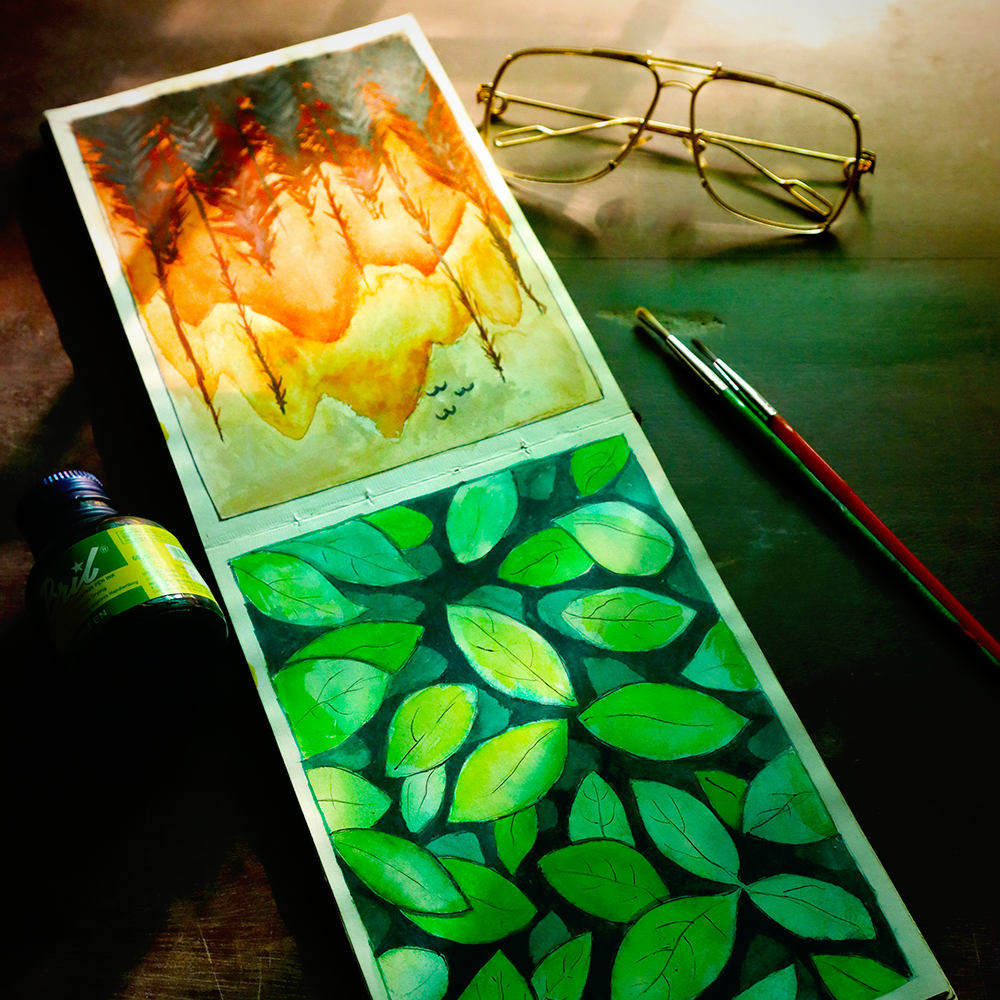

Unlock Creative Potential with Painting
Acrylic painting stands out as the go-to technique for artists of all levels, thanks to its unmatched versatility, rapid drying time, and user-friendly nature.
By mastering various methods like dry brushing, palette knife, and glazing, you can bring your artistic visions to life with stunning textures and effects, enhancing your painting skills.
Embrace the world of acrylics and watch your creativity soar to new heights, as you explore and refine your skills with this dynamic medium.


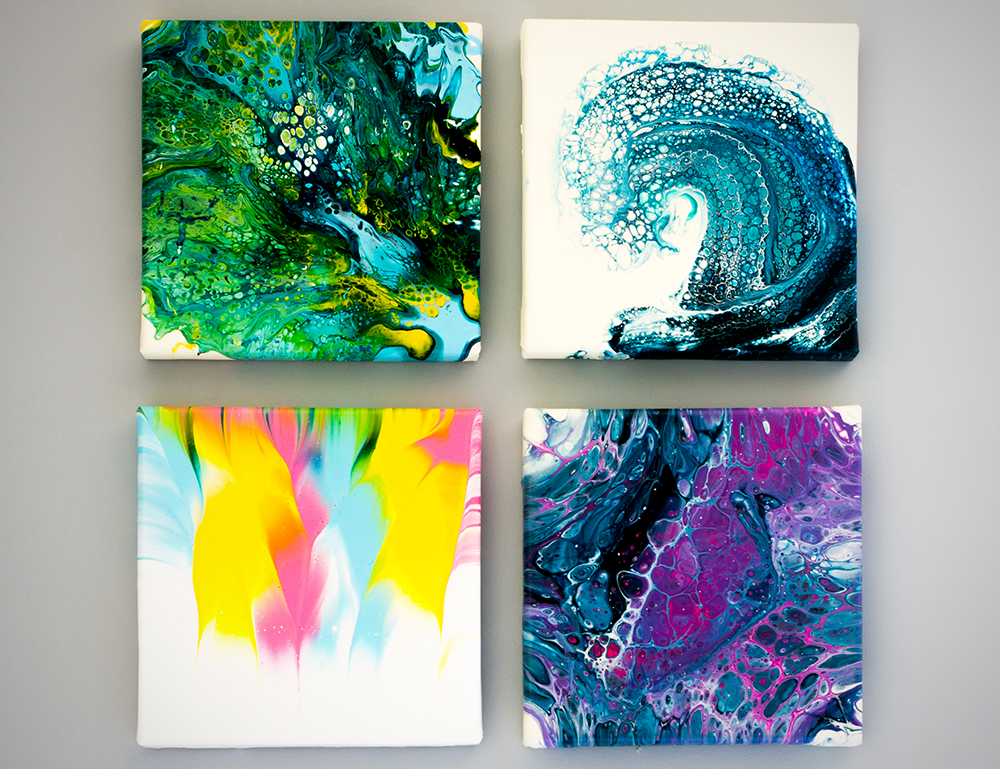
Painting FAQs
Welcome to the FAQ section, where we unravel the mysteries of paints and the art world and provide you with expert insights to elevate your creative journey.
Whether you’re a seasoned artist or just starting out, our comprehensive guide covers everything from popular techniques to creating stunning textures and exploring diverse styles.
Dive in and discover the answers to your burning questions, and let your artistic spirit soar!
What is the most common painting technique?
Acrylic painting is the most common painting technique due to its versatility, quick drying time, and ease of use. It can be used on various surfaces and allows for a wide range of techniques and styles.
How can I create texture in my paintings?
Creating texture in paintings can be achieved through various techniques, such as dry brushing, palette knife, and layering. Acrylic paints, with their thick consistency, are ideal for building up layers and creating rich, textured surfaces.
What are some popular painting styles?
Popular painting styles include realism, abstract, impressionism, and expressionism. Each style offers a different approach to capturing the essence of the subject, and acrylic paints are versatile enough to be used in any of these styles.
What is plein air painting?
Plein air painting is the technique of painting outdoors, capturing the natural light, color, and atmosphere of the landscape. It requires quick and accurate work to adapt to the changing conditions, making it a challenging yet rewarding practice. This technique was notably used by Impressionist artists to capture fleeting impressions of light and atmosphere.
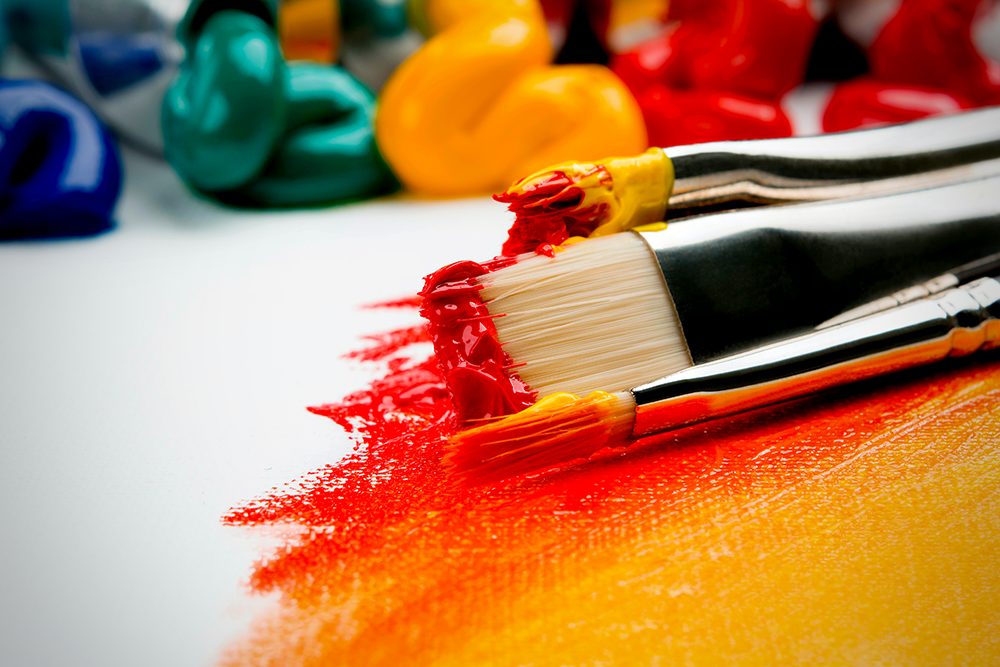
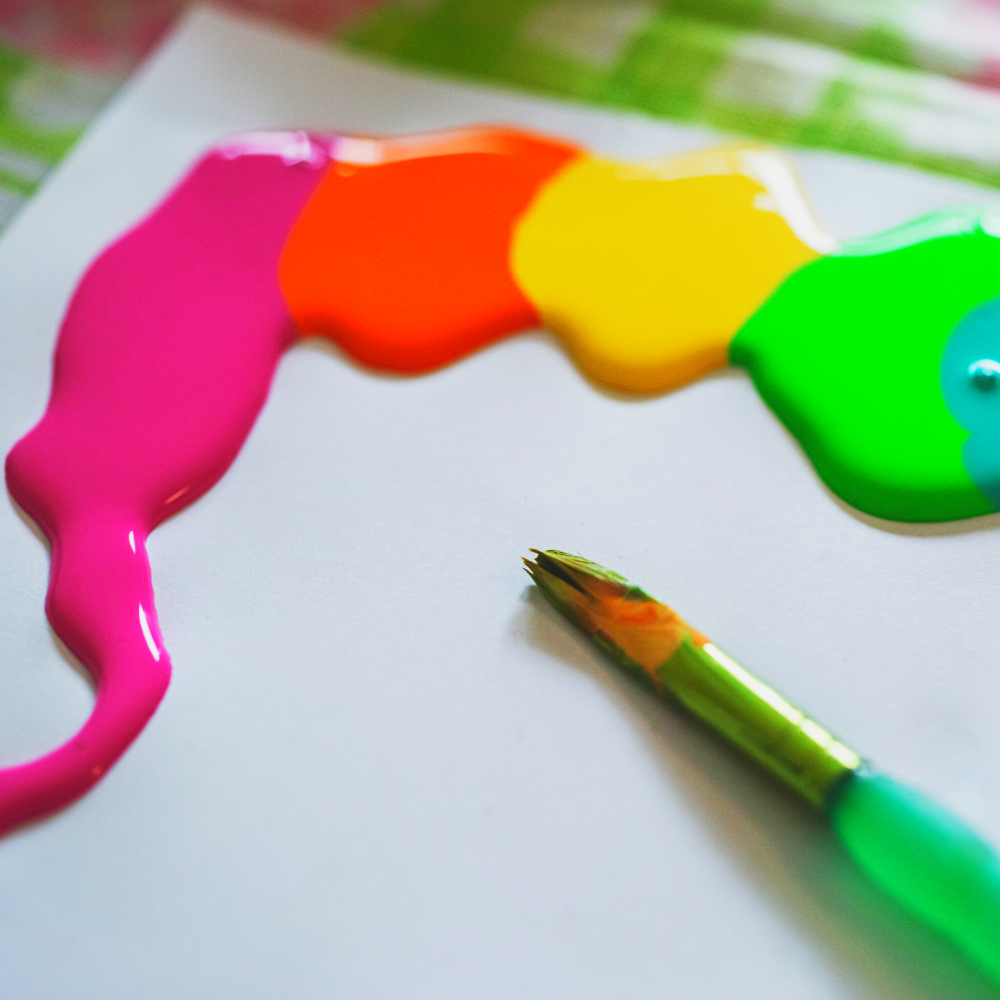
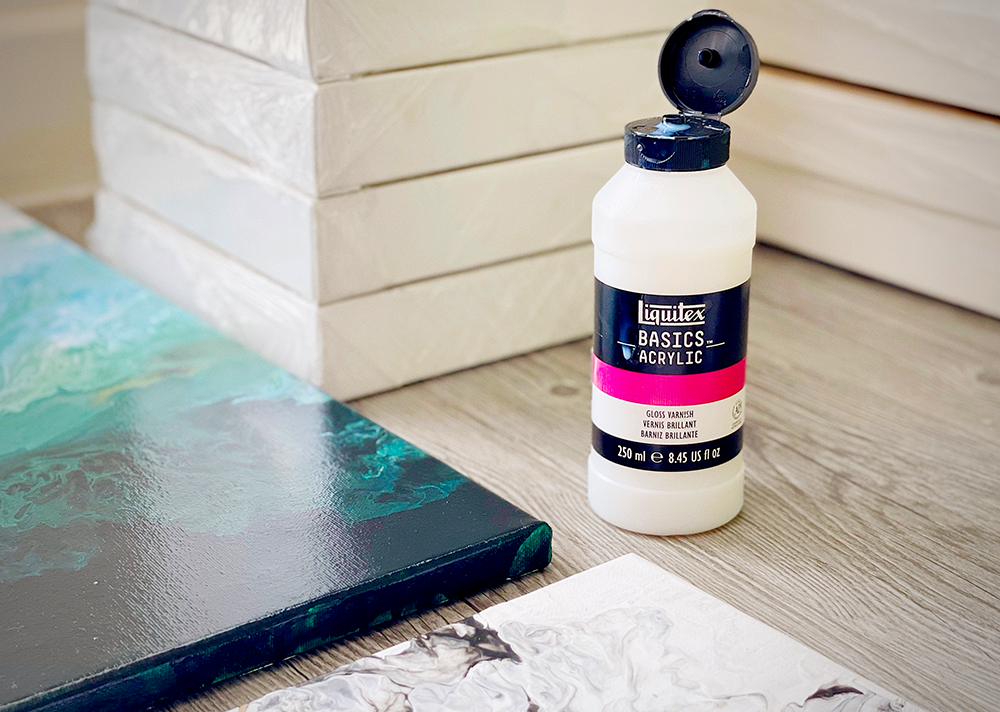
Looking to get started with acrylic paint? Check out Art Prof: Create & Critique's video!
Want even more content about creativity and art?
Be sure to check out all of our creative chronicles!
Ready to dive into the world of painting?
Check out our other painting articles:
-What is the easiest thing to paint?
-What are the basic skills of painting?
-How long does it take to get good at painting?
-Can I learn to paint by myself?
-How to start painting as a hobby
